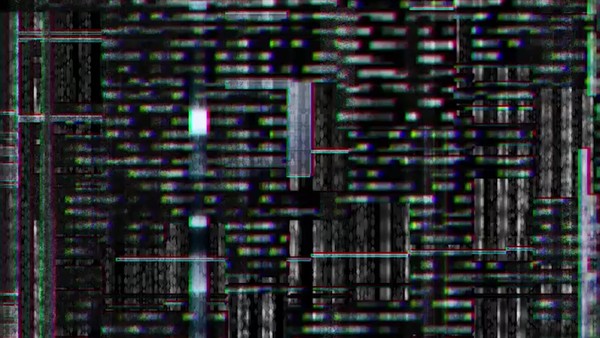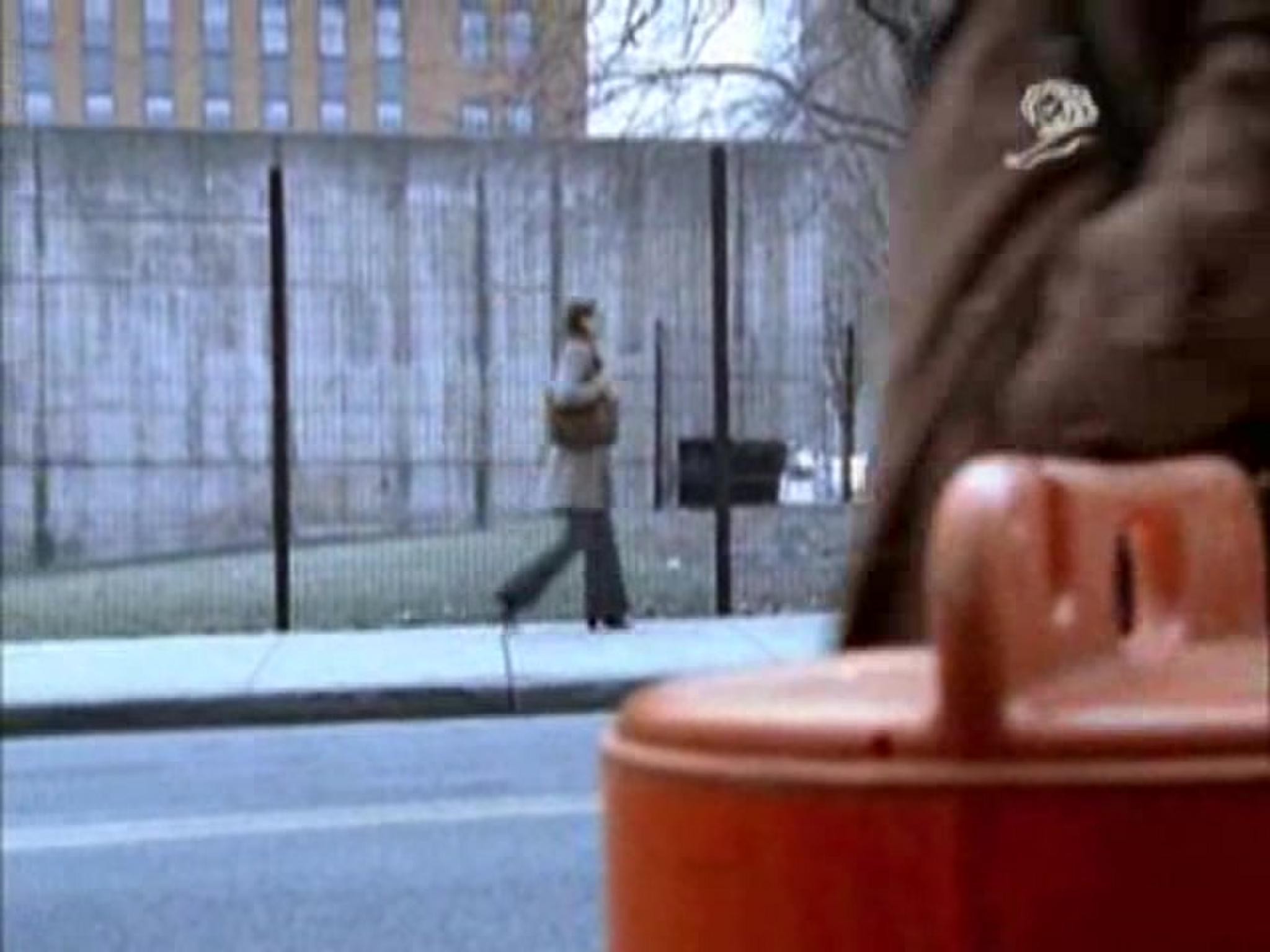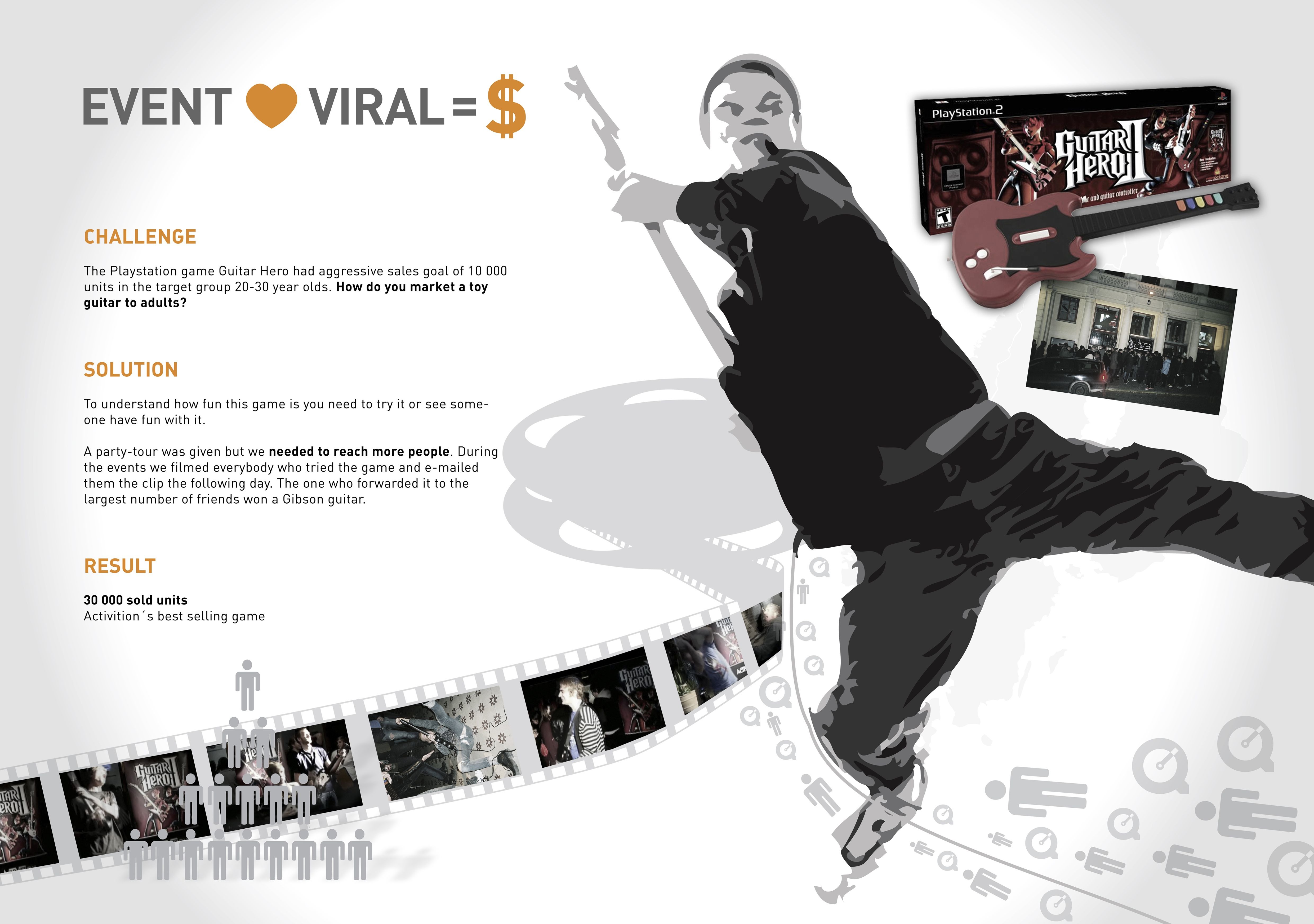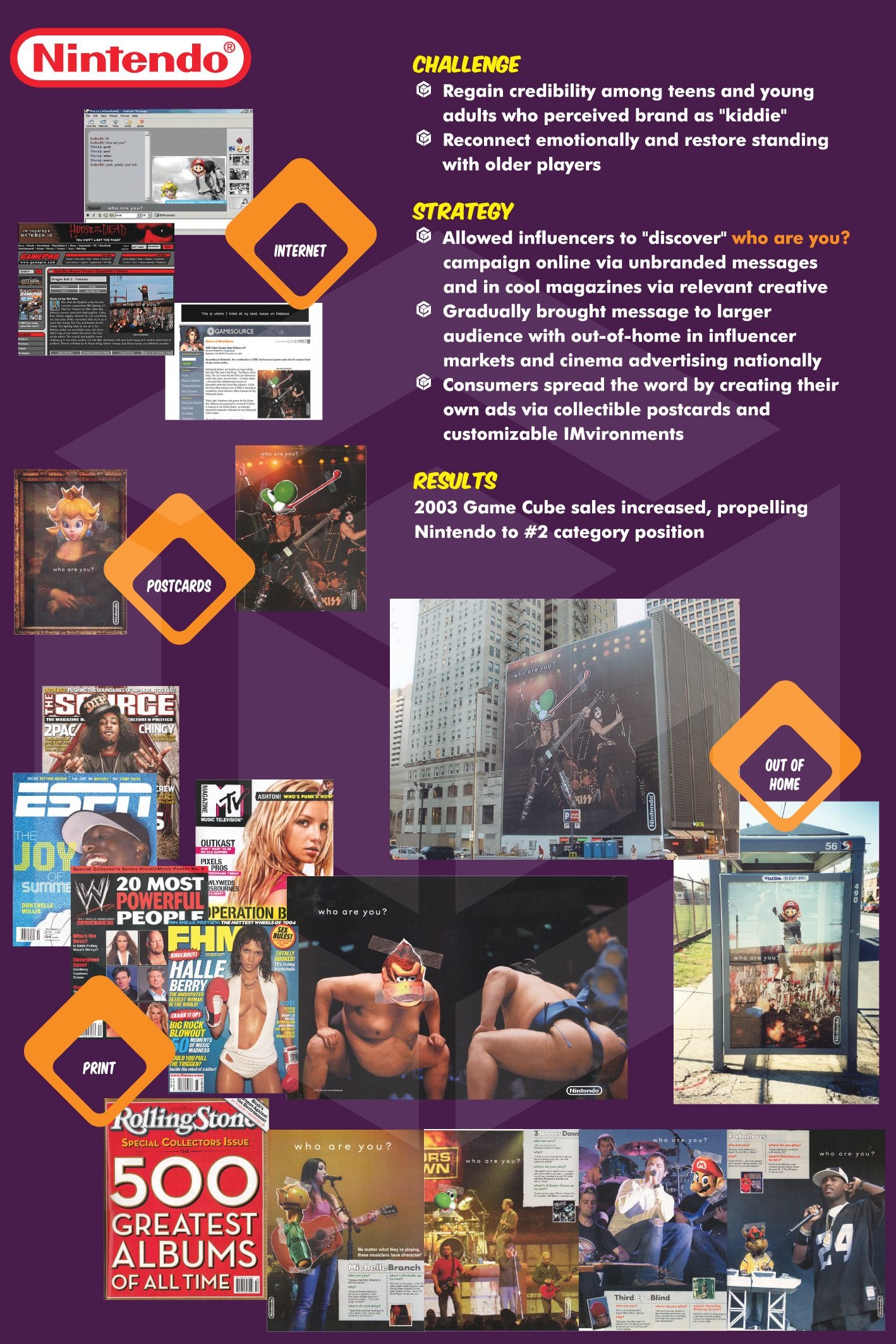Cannes Lions
SURPRISE: CALL OF DUTY
THE MILL L.A., Los Angeles / ACTIVISION / 2013
Overview
Entries
Credits
OVERVIEW
Description
There is a soldier in all of us, a soldier that craves the thrills only Call of Duty can provide - the thrill of surprise. The Agency created a trailer that explored the element of surprise through a series of “gotcha” moments authentic to play, and created a chain of one-upsmanship moments inspired by the game, which highlighted its near-future setting. Using Robert Downey Jr. in his first ad cameo, as well as French actor/comedian, Omar Sy, we amplified the cultural impact of the trailer. To celebrate the launch of Call of Duty: Black Ops II, visual effects were provided to execute a high-speed world of near-future weaponry. The concept for the entire trailer centered on creating one continuous sequence of events.
To celebrate the launch of Call of Duty: Black Ops II, visual effects were provided to execute a high-speed world of near-future weaponry. The concept for the entire trailer centered on creating one continuous sequence of events. The previs was extensive to ensure the film would look like one continuous move. All the camera work and cinematography was done in collaboration with director.
Execution
The project involved intricate efforts involving combining threads of live action together across an increasing storyline. The main idea was to shoot all of the moving pieces on a stage with a blue screen, with multiple scenarios, and with only using one continuous camera as it moves through a futuristic Downtown Los Angeles. To understand the infrastructure we needed to recreate, we analyzed the visuals and assets within the video game, watched it being played so we could visualize how players responded to action and movement, and collected various visual identity systems.
A pre-visit was made in downtown Los Angeles to determine how each sequence was going to be stitched together to be perceived as one continuous camera move. The live action set builds were based from previs and used as a starting point for the schematics of the foreground. Everything was shot on a stage with only live action foregrounds and a blue screen background. With a limited schedule, we examined the previs while simultaneously shooting to begin preparing assets.
The full sequence of the trailer was broken into five sections with distinct crossover points that would combine these sections seamlessly together; each section was about 10-13 sends long. One compositor was responsible for a section that was uniquely different in its sequence. One sequence had 7 plates of live action before it was even decided what the background was going to be. Some sequences started with live action and transitioned with a full sequence and then back to live action. All the plates were seamlessly stitched together. We created CG backgrounds, an entire destroyed downtown Los Angeles, soldiers, vehicles, many buildings and fires, explosions and smoke. Over 700 assets were created.
“I was the CG Sup and Lead Artist,” says Vfx Producer. “It was incredible bringing all of the games futuristic machines and vehicles into a believably reality that enveloped the actors’ performances. On top of the hero vehicles and drones, we built an entire futuristic downtown Los Angeles in CG and turned it into a war zone, adding air vehicles, and every little detail and figure made the city and effects come to life more.”
We used a combination of both motion control and live action cameras. Because of the use of The NavCam, a lot of the sequences had to be stabilized. The NavCam doesn’t allow for complete motion control; lacking the ability for exact repeats. When numerous shots were taken, we had to combine the shots and both stabilize and retrace plates together to maintain. The entire project was completed within 3 and a half weeks with plates making the previs and the preparation of assets key to be able to quickly adapt to the ever-evolving project.
Since the film was shot with such a minimal set, there was obviously not much room in the set for the amount of explosions, bullet hits, tracer fire, and all the expected effects of a war zone. Luckily, we were prepared for this with some very flexible FX rigs that allowed even relatively inexperienced artists to adapt to the ever-changing demands of the project. We used a mixture of software to achieve some terrific results. In Maya we developed a tracer rig allowing animators and FX artists to attach to a barrel, and using a slider, essentially 'pull the trigger' and view the action in the scene. Houdini was used to generate a great library of explosions simulations, which could be placed in a scene like props, and rotated, re-timed, and recycled. Another great piece of tech was a tool to create missile trails and other volumetric effects from simple particle simulations rather than expensive fluid type simulations. As with any heavy CG sequence, there were also many 'invisible' effects used for integration, such as haze, heat distortion, floating embers, and dust kicks. Overall, it was a fun exercise in fast and furious effects, keeping things adaptable while creating a large amount of elements at a high level of quality.
The editorial company cut the spot for us cut up into different shots, so we had to piece together the action sequences so it was perceived as one single camera motion – even within a single scene there were multiple takes and this gets tricky when you shoot on wire cams because they aren't perfectly repeatable. Once the edit was locked and conformed, we had 2 ½ weeks to complete the project – which is extremely and unheard of quick turnaround. In that time, we tracked the plates, built the CG background for the City, added assets (soldiers, planes, etc). What is impressive is the detail and the amount of the assets in each sequence. Once the tracking had been done, we animated everything and went through lighting and all the details were added, and then it was composited.
The visual effects element for this project was the driving force of how the story could be told and driving the overall execution for the project - from previz to the final compsit. The biggest challenge for our team was combining all these different elements and techniques and finish it all in coherent manner given the window for completion – it really was like doing an action sequence for a feature film.
Similar Campaigns
12 items








